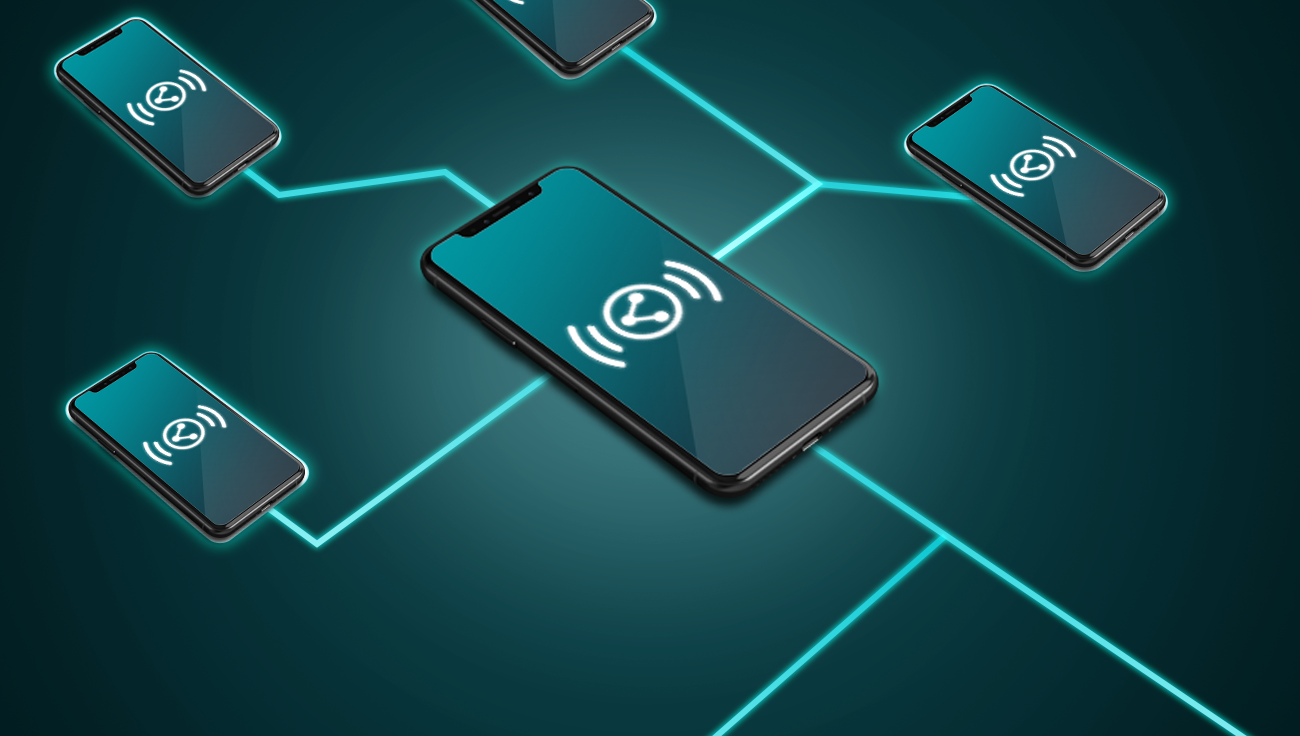Today's businesses rely heavily on portable devices such as smartphones, laptops, and tablets to stay connected and productive. However, the convenience of these devices comes with an increased risk of loss or theft. No matter how vigilant people are, accidents happen, and devices can go missing. Are you prepared to limit the potential damage to your business, should a device fall into the wrong hands?
Embracing remote work or mobile productivity brings numerous advantages to businesses, regardless of size. However, the challenge arises when it comes to maintaining the security of sensitive business information because a substantial portion resides on portable devices, and is thus susceptible to being stolen, lost, or left behind.
While millions of smartphones and laptops are lost or stolen worldwide each year, only 10% of these cases are officially classified and reported as data breaches, according to the 2023 Verizon Data Breach Report. However, the consequences of a corporate device, or even a personal device with access to sensitive corporate data, falling into the wrong hands can be dire. This is especially true if preventive measures are not taken to protect the data on these devices.
Proactive steps today can prevent costly consequences tomorrow
To safeguard your company's sensitive information, here are some practical measures that IT managers in small and medium-sized companies can easily implement.
1. Enforce automatic device lockout
Enable automatic device lockout after a certain period of inactivity. Always lock your device manually whenever you leave your computer. These simple measures provide an essential layer of security and can thwart unauthorized access to a lost or stolen device.
2. Encourage employees to use strong passwords and MFA
Educate your employees about the importance of strong, unique passwords (or passphrases) and multi-factor authentication (MFA). Encourage them to use these security measures to protect their devices and accounts.
3. Follow the principle of least privilege
Restrict user access rights to only what is necessary for their job roles. Limiting access to sensitive data and systems reduces the potential impact if a device falls into the wrong hands.
4. Encrypt data on end-user devices
Implement full-disk encryption on all end-user devices, including laptops and smartphones. Encryption ensures that the stored data remains inaccessible to unauthorized users, even if a device is compromised. Also, if you send docs from the device to the other party, it is recommended to make these docs or links accessible only for a specified, short amount of time.
5. Use Data Loss Prevention Software
Invest in data loss prevention (DLP) software. DLP tools can monitor and control data transfers, ensuring that sensitive information does not leave your network without authorization.
6. Enable remote device wiping
Mobile Device Management (MDM) software allows the IT department to remotely monitor, update, and troubleshoot the devices in real time. It also offers the ability to erase data from lost or stolen devices, ensuring that sensitive information remains secure.
An unknown problem is doomed to be an unsolved problem
Ensuring that the IT department is promptly informed about the device's loss is essential in managing such an incident. While this might seem like common sense, it is worth noting that, in many instances, employees may not immediately consider it when they discover their laptop or phone is missing.
Furthermore, in situations where the device is personally owned, but used for accessing corporate accounts or systems (commonly referred to as BYOD – bring your own device), reporting may not even cross users’ minds. Therefore, ensuring that all employees within your company are well-informed and regularly reminded of the correct procedure to follow in the event of such an incident is crucial.
|
For Employees: What to do if your device is lost or stolen If you're an employee and your device is lost or stolen, here's what you should do to minimize the potential risks: 1. Report it immediately Inform your IT department or supervisor as soon as you realize your device is missing. Time is crucial in preventing unauthorized access. 2. Change your passwords If your device contains access to corporate accounts or data, change the passwords for those accounts immediately. 3. Activate device tracking If applicable, use tracking apps or services to locate your device. However, do not attempt to retrieve it on your own. 4. Report a theft If your device was stolen, contact the local police and provide them with any necessary information. 5. Stay vigilant Keep an eye on your personal and corporate accounts for any suspicious activity. Notify your IT department of any unusual behavior. |
While the loss or theft of a company device can be a stressful experience, it is essential to have a plan to limit the potential damage to your business. By following these practical measures and promoting good security practices among your employees, you can significantly reduce the risks associated with lost or stolen devices, and protect your company's sensitive data.




